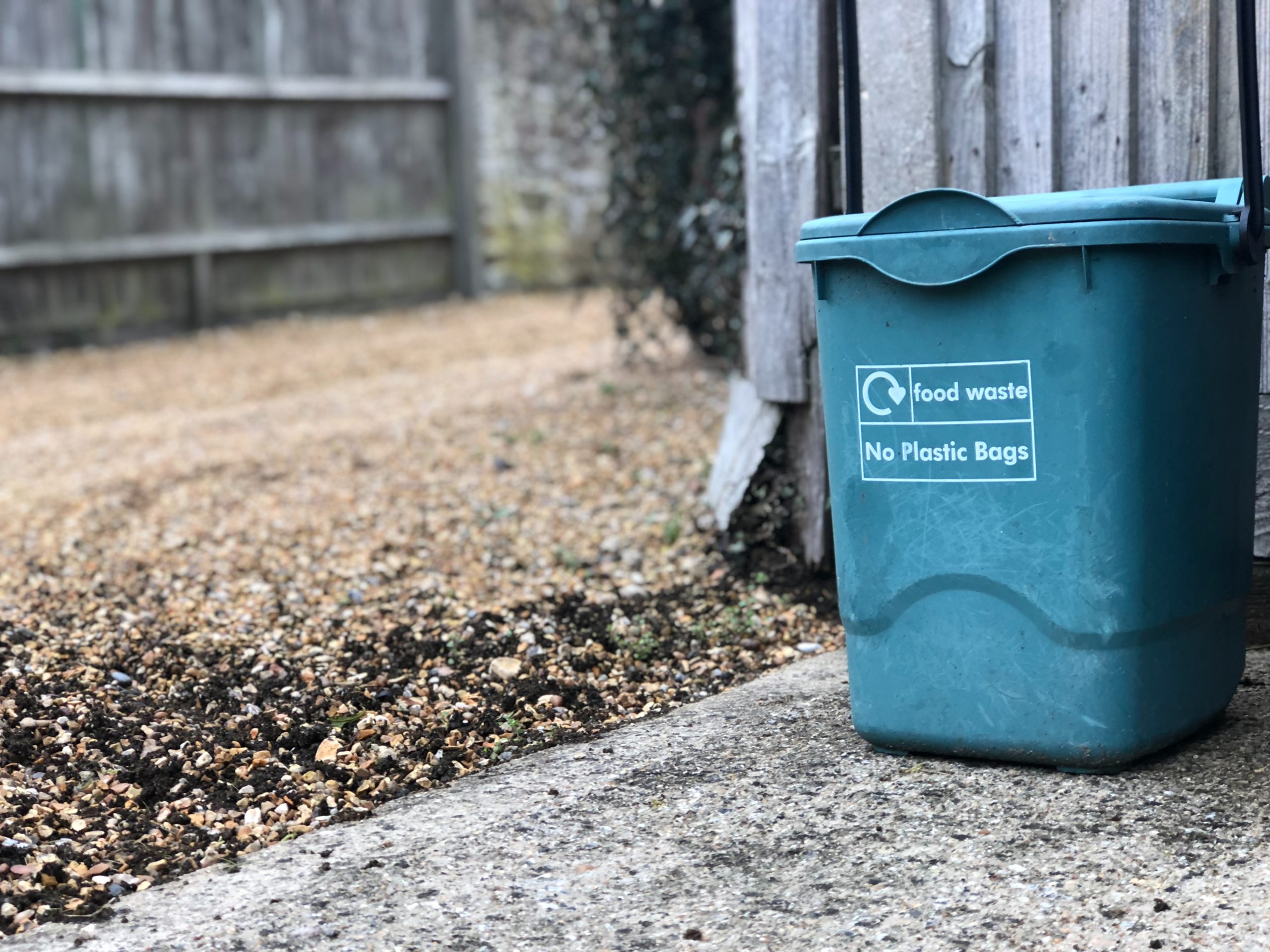6 Steps to an Eco Friendly Cup of Coffee
ToDey as I enjoyed my steaming first cup, I realized that making coffee more sustainable is necessary. American coffee consumers drink an average of 3 cups a day – that’s a lot of joe. So how do you make your coffee more eco friendly? There might be more to your morning sludge than you think.
From the electricity of your device, to the cup, filters, and even the grounds themselves, a lot goes into your morning pick me up. Coffee comes with an environmental cost, but there are a few ways to make sure you’re covering your bases while having your next jolt of caffeine. Check out our 6 tips for a sustainable way to make coffee.
1. Skip the Single Use Pods
Okay, so we’re starting off easy. Those convenient little pods have got to go. In 2015, the company behind Keurig produced 10 billion, BILLION, coffee pods. If you put all those pods in a straight line, they’d wrap the globe more than 10 times over. Those plastic pods aren’t recyclable in most places, and let’s be honest, the grounds inside are headed straight for the trash.
The single use pods aren’t just bad for the plastic. The machines usually stay plugged in, and use almost as much electricity for a single cup of coffee as others do for a whole pot. If you’re like most coffee drinkers, your caffeine habit is using about 5,000 watts of electricity a day.
2. Commit to a Coffee Mug or 10
While this might not be the most eco friendly habit, I love mugs. There are different shapes for different needs, and many are so cute they brighten my day almost as much as the coffee or tea inside. You probably don’t need the dozen I have in the cupboard, but however many it takes to ensure you don’t use disposable coffee cups is worth the investment.
Not to name names, but there are some coffee giants that have promised recyclable to go cups and have never delivered. Those ubiquitous cups with the plastic film take 20 years to decompose, and Americans alone go through 60 billion of those bad boys a year. If you like the look and portability of to-go cups, try this adorable and reusable option from Package Free.
3. Use a Sustainable, Manual Coffee-making Method
So we know single use machines aren’t great, but percolators don’t rate well on the electricity scale, either. Because they keep your coffee warm for you even when you forget to refill, they’re continuously drawing electricity.
To cut down on the energy and your electric bill, opt for a manual coffee making method. It might sound tenuous, but they don’t actually require any more work. Using a French press, pour over, or cold brew method means only using electricity to heat the water.

4. Ditch the Coffee Filters
Did you know the cloud white coffee filters are filled with chlorine-bleach? They also contain dioxins, toxic chemicals that seep into our bodies, the bodies of animals, and our water systems.
There are unbleached coffee filters that you can add to your compost bin, and there are reusable cloth choices, but the most eco friendly option is to ditch them all together and opt for methods that don’t need them. French press machines usually come with metal sieves attached making filters an unnecessary addition, and the Toddy’s cold brew reusable felt filter lasts us way longer than the ten uses specified on the label.
5. Buy Small Batch Sustainable Coffee from the Right People
Coffee giants have long been criticized for their less than humane practices, and fair trade labelling has been a reaction to that. When you buy USDA certified organic and fair trade coffee from smaller companies, you ensure that growers are earning a fair wage for their beans and that those farmers took the extra care necessary to make coffee growing more eco friendly. As an added benefit, small batch coffee is likely to taste a lot better than mass produced alternatives.
Our favorite organic and fair trade coffee is Bongo Java. One of the first coffee companies and cafes to make the switch to fair trade beans, Bongo Java has stayed ahead of the game with thoughtful, eco conscious coffee.
If you buy your coffee at the grocery store, make sure to buy from the bulk section. Most large grocery chains have a bulk coffee section, and by buying coffee from there you reduce a lot of wasteful packaging.
6. Compost Your Coffee
If you have even a hint of green in your yard or would like to, coffee grounds are a blessing. Throw them in your composter, or if you’re lazy like me right into your flower bed, and watch your plants blossom. The coffee adds helpful nitrogen to the soil, acts as a barrier to slugs and snails (who can eat up little plants), and attracts worms, delivering more nutrients to your garden.
While it’s hard to kick the caffeine habit, making your morning cup of joe a little greener is easy. Not only will you have better tasting coffee, but a mug you can feel good about filling again… and again… and maybe again…





